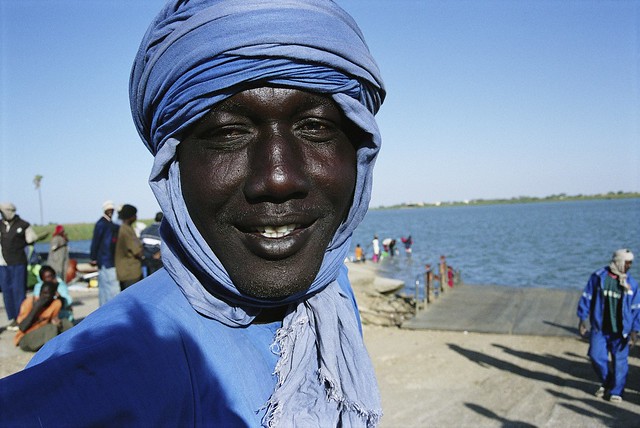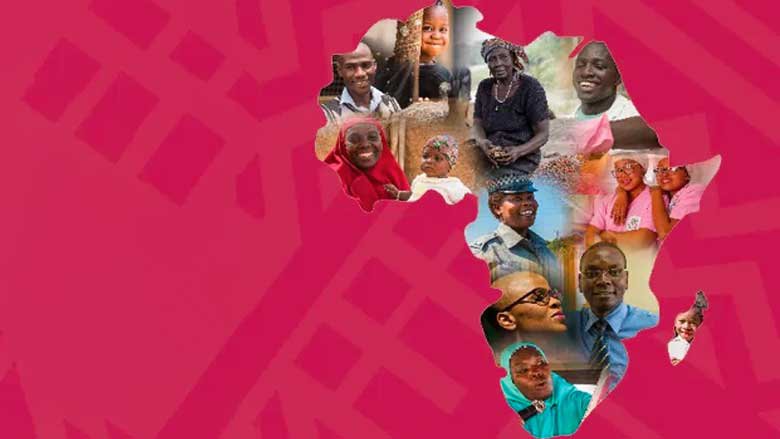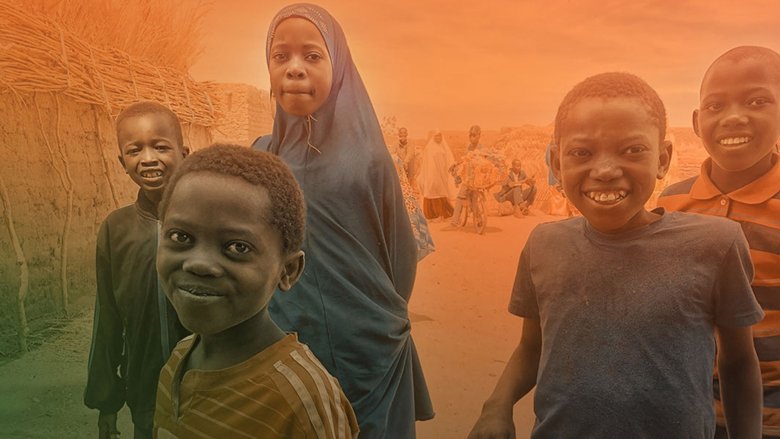Chad faces security challenges related to conflicts in neighboring countries, as well as the consequences of climate change, particularly the acceleration of desertification and the drying up of Lake Chad.
Due to the Sudanese crisis and the continuous arrival of new refugees and returnees, the Chadian government estimates that nearly 900,000 people could arrive by the end of 2025. Chad was already hosting around 450,000 refugees from Sudan, the Central African Republic, and Nigeria.
Poverty and vulnerability are widespread in Chad, with 44.8% of the population living below the national poverty line in 2022. Extreme poverty ($2.15/day per capita (2017 PPP)) increased by 2.6 percentage points between 2023 and 2024, reaching 36.5%.
The World Bank’s Human Capital Index for Chad is 0.30, meaning that a child born today will be 70% less productive as an adult compared to a child who has received quality education and proper healthcare. With 856 deaths per 100,000 live births, Chad has one of the highest maternal mortality rates, a phenomenon aggravated by the high number of early pregnancies (164.5 births per 1,000 adolescent girls aged 15 to 19).
Political Situation
The presidential election in May 2024 and local elections in December 2024 should allow for a return to constitutional order and stability. However, the post-election situation is marked by a political crisis following the arrest and 20-year sentence of Succès Masra, president of the Transformers party and main opponent.
On October 3, 2025, the Chadian Parliament (National Assembly and Senate) approved amendments to the constitution that extends the President’s term from five years to seven years without limit. The session was boycotted by some opposition parties. The new constitution was promulgated by the head of state on October 8, 2025.
Economy
Chad’s economic performance has been marked by volatility and modest growth, driven by its heavy reliance on oil. The sector represents around 15% of GDP, contributes 41% of government revenues, and accounts for 76% of exports.
Agriculture, accounting for roughly 40% of GDP and supporting much of the population, has been repeatedly affected by droughts, floods, conflict and displacement.
The labor market is largely informal (about 88% of jobs) and agriculture based.
Financial stability remains fragile amid undercapitalization, high NPLs, and lagging prudential standards at public banks. The authorities are restructuring the two main public banks while undertaking efforts to bolster stability, expand inclusion, and strengthen Supervision.
Chad continues to be affected by conflicts and violent groups in neighboring countries, straining stability and public finances. In 2025, military spending rose 11.6% from the previous year, reaching 23% of domestic revenues.
Chad’s economy is expected to grow by 3.4% in 2025 (-0.1% per capita), mainly driven by non-oil sector growth (+4.2%). Oil GDP growth is estimated at -0.7% due to a decline in oil production.
The current account deficit (CAD) is expected to widen to 2.5% of GDP in 2025 due to a deteriorating trade balance. After reaching 5.7% in 2024, inflation is projected to ease to 4.1% in 2025. The poverty rate is expected to rise by 0.8 pp to 45.4%, with 9.5 million people living in extreme poverty.
GDP growth is projected to average 3.9% (1.2% per capita) over 2026–2027. Over the medium term, non-oil GDP growth is expected to average 4.2%. After four years above the target, inflation is projected to moderate to around 3.1% in the medium term. Extreme poverty is projected to rise to 47.6% in 2027.
Last Updated: Oct 10, 2025









